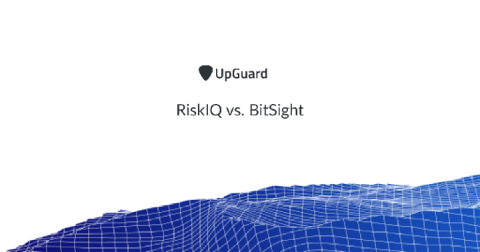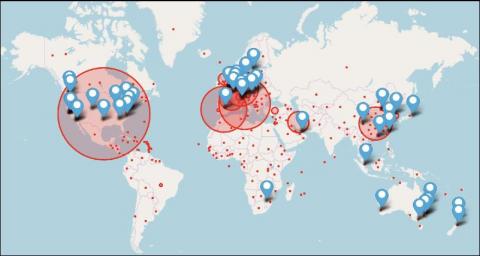Working from home? Use the spare time for professional development
It’s 2020 and our world is rapidly evolving. Many conferences and training programs have been cancelled, most of us are working from home, and it may seem like learning opportunities are scarce. If you are locked in your house due to COVID-19, what could you be doing to improve your cybersecurity & information security skills? Let me share a few ideas.








